- HOME
- Technical Information
- TORELINA™ PPS Resin
- Various Properties
- Electrical Properties
- Dielectric Properties
Dielectric Properties
If a voltage is applied to TORELINA™, which is an insulator, an imbalance of electrons, called polarization, occurs, although the insulator does not conduct electricity. The dielectric constant is a property that indicates the degree of polarization. The lower the dielectric constant of a material, the smaller the amount of electrostatic energy that can be stored in the insulator, thus the better the insulating properties. When the term "dielectric constant" is used, it often refers to the relative permittivity, which is the ratio of the permittivity of the insulator to the vacuum permittivity. For practical purposes, however, the dielectric constant can be considered as being equivalent to the relative permittivity because the vacuum permittivity is regarded as being 1.
If an AC voltage is applied to an insulator, a dielectric loss occurs, which is the loss of part of the electrical energy as thermal energy due to the influence of polarization. The dielectric tangent (tanδ) is a property that indicates the degree of dielectric loss. The higher the dielectric tangent of a material, the higher the dielectric loss. This property is particularly important for electrical and electronic parts (such as capacitors) that handle high frequency radiation. Temperature rises of a molded product due to dielectric loss can cause decreases in the insulating properties, defects in the built-in electronic circuits, and so on.
The dielectric properties of TORELINA™ are listed in Table. 7.3.
Table. 7.3 Dielectric properties of TORELINA™ (23℃, 1 MHz)
| Item | Units | Glass fiber reinforced | GF + filler reinforced | Elastomer improvement | ||
|---|---|---|---|---|---|---|
| A504X90 | A310MX04 | A673M | A575W20 | A495MA2B | ||
| Relative permittivity | - | 4.3 | 5.4 | 3.9 | 4.4 | 4.6 |
| Dielectric tangent | - | 0.003 | 0.004 | 0.001 | 0.002 | 0.005 |
Ⅰ. Frequency Dependence
TORELINA™ exhibits stable dielectric properties over a wide frequency domain. The lower the reinforcement content of a material, as exemplified by A673M, the better the dielectric properties. (Figs. 7.8 and 7.9)
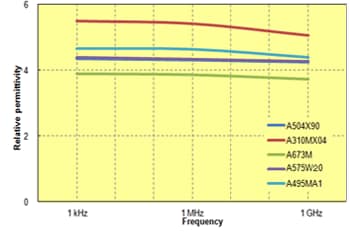 Fig. 7.8 Frequency dependence of relative permittivity
Fig. 7.8 Frequency dependence of relative permittivity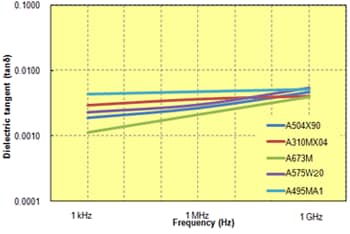 Fig. 7.9 Frequency dependence of dielectric tangent
Fig. 7.9 Frequency dependence of dielectric tangent
Ⅱ. Temperature Dependence
The dielectric constant of TORELINA™ remains stable over a wide temperature range. On the other hand, the dielectric tangent tends to increase when the glass transition temperature is exceeded, so it is thought that the molecular mobility of the amorphous portion has an influence on the dielectric loss. (Figs. 7.10 to 7.13)
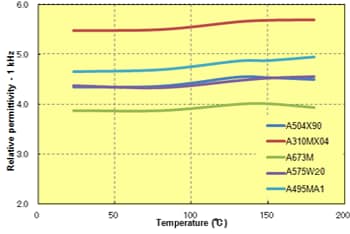 Fig. 7.10 Temperature dependence of relative permittivity (1 kHz)
Fig. 7.10 Temperature dependence of relative permittivity (1 kHz)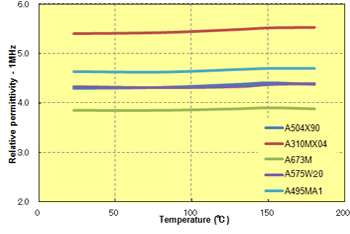 Fig. 7.11 Temperature dependence of relative permittivity (1 MHz)
Fig. 7.11 Temperature dependence of relative permittivity (1 MHz)
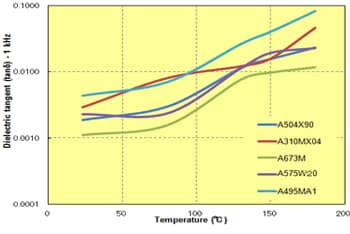 Fig. 7.12 Temperature dependence of dielectric tangent (1 kHz)
Fig. 7.12 Temperature dependence of dielectric tangent (1 kHz)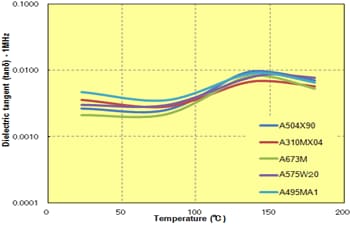 Fig. 7.13 Temperature dependence of dielectric tangent (1 MHz)
Fig. 7.13 Temperature dependence of dielectric tangent (1 MHz)